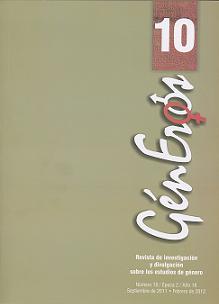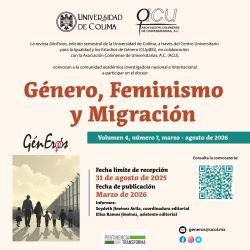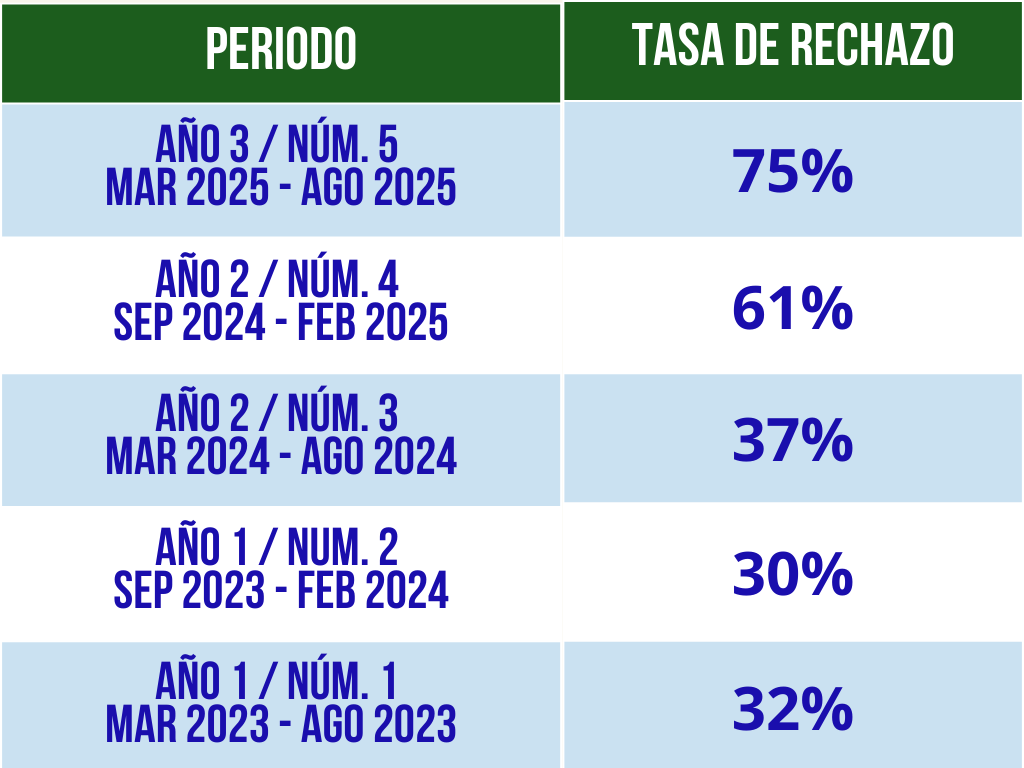Movimientos de mujeres en la India: género, igualdad y desarrollo (siglos XIX y XX)
Palabras clave:
asociaciones de mujeres, India, géneroResumen
Las primeras asociaciones de mujeres en la India iniciaron su andadura a finales del siglo xix y fueron contemporáneas a las asociaciones surgidas en Europa. Estas primeras asociaciones entre las que se encontraban The Women´s Indian Association y The All India Women´s Conference aunque tenían un marcado perfil elitista, centraron sus peticiones en la promulgación de la educación y del voto femenino.En el siglo xx, por el contrario, surgieron asociaciones que trataron de alejarse de los movimientos feministas europeos y americanos, con los que no se sentían identificadas. Estas formaciones, creadas a partir de los años setenta, están formadas por las mujeres de las castas y clases más desfavorecidas “las más pobres de entre las pobres”, como la agrupación de trabajadoras autónomas Sewa y el movimiento de mujeres Chipko.
Descargas
Métricas
Citas
Basu, Aparna y Bharati, Ray (1990). Women’s struggles: A history of All-India Women’s Conference, 1927-1990. New Delhi: Oxford University Press.
Forbes, Geraldine (1975).The ideals of indian womanhood: Six bengali women during the Independence Movement.En: Jon. R. McLane (ed),Bengal in the nineteenth and twentieth centuries. East Lansing: Michigan State University, pp. 59-74.
Forbes, Geraldine (1996). Women in modern india. Cambridge: Cambridge University Press.
Chatterjee, Partha (1996).Colonialismo, nacionalismo y mujeres colonizadas: el debate de la India. En: Arenal, 3:2, julio-diciembre, pp. 177-198. España.
Mohanty, C.T.(1991).Under western eyes: Feminist scholarship and colonial discourses. En: Mohanty, C.T., Russo, A., y Torres, L. Third world women and the politics of feminism. Bloomington and Indianapolis: Indiana University Press.
Ray,Raka (1999).Fields of protest. Women´s movements in India.Minneapolis: University of Minnesota Press.
Southard, Barbara (1993). Colonial politics and women’s rights: Women suffrage campaigns in Bengal, British India, in the 1920s. In: Modern Asian Studies, vol. 2, nº. 2, May, 397-439.
Spivak,G.Ch.(1988).Can the subalterns speak? In:Nelson,C . y Grosssberg,L. (eds.), Marxism and the interpretation of culture. Urbana, University of Illinois Press. Subramaniam, Mangala (2006). The power of women´s organizing, gender, caste and class in India. Oxford: Lexington Books.
Thapara, S. Suruchi (1999).The domestic sphere as a political site: A study of women in the Indian Nationalist Movement. In: Women’s International Forum, vol. 20, nº. 4, 493-504.
Weber,Thomas (1998). Huging the trees: the story of the Chipko movement. New Delhi: Viking.
Descargas
Publicado
Cómo citar
Número
Sección
Licencia
Derechos de autor 2023 GénEroos. Número 1, volumen 1, marzo-agosto 2023. Es una Publicación semestral coeditada por la Asociación Colimense de Universitarias A.C. y el Centro Universitario para la Igualdad y los Estudios de Género de la Universidad de Colima, Av. Universidad 333, Colonia Las Víboras, C.P. 28040, teléfono 312 316 11 46, https://revistasacademicas.ucol.mx/index.php/generos, generos@ucol.mx. Reserva de Derechos al Uso Exclusivo No. 04-2017-110313004200-102 (versión digital), otorgado por el Instituto Nacional del Derecho de Autor, ISSN electrónico en trámite. Fecha de última actualización: 18 de noviembre de 2022.

Esta obra está bajo una licencia internacional Creative Commons Atribución-NoComercial-CompartirIgual 4.0.
Revista GénEroos permite compartir, copiar y redistribuir el material en cualquier medio o formato; adaptar, remezclar, transformar y construir sobre el material, dando crédito a la obra de manera adecuada y proporcionando un enlace a la licencia, indicando si se han realizado cambios.





